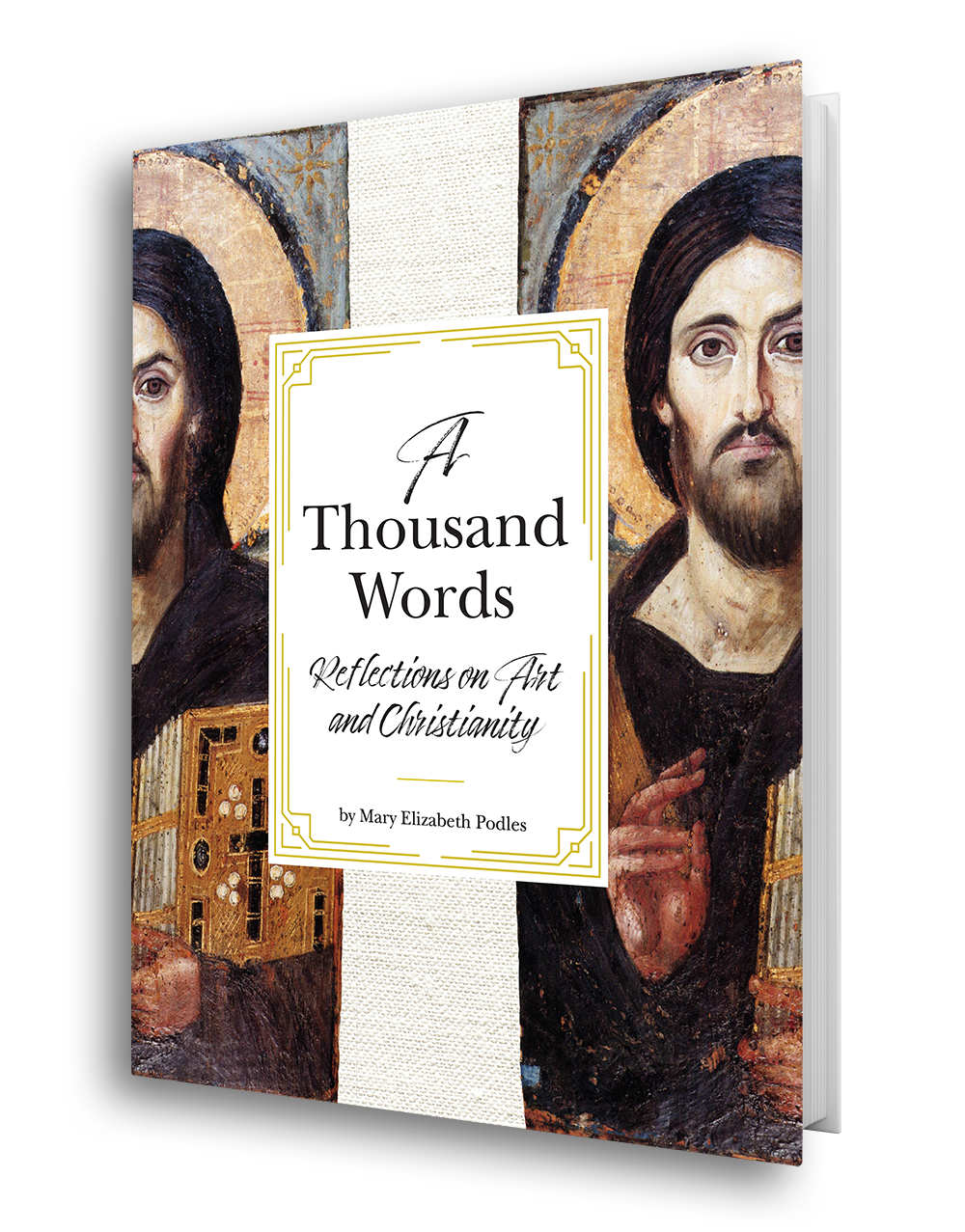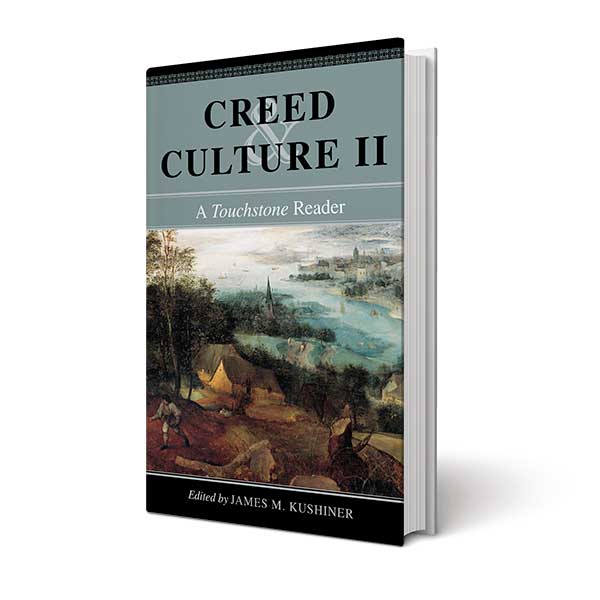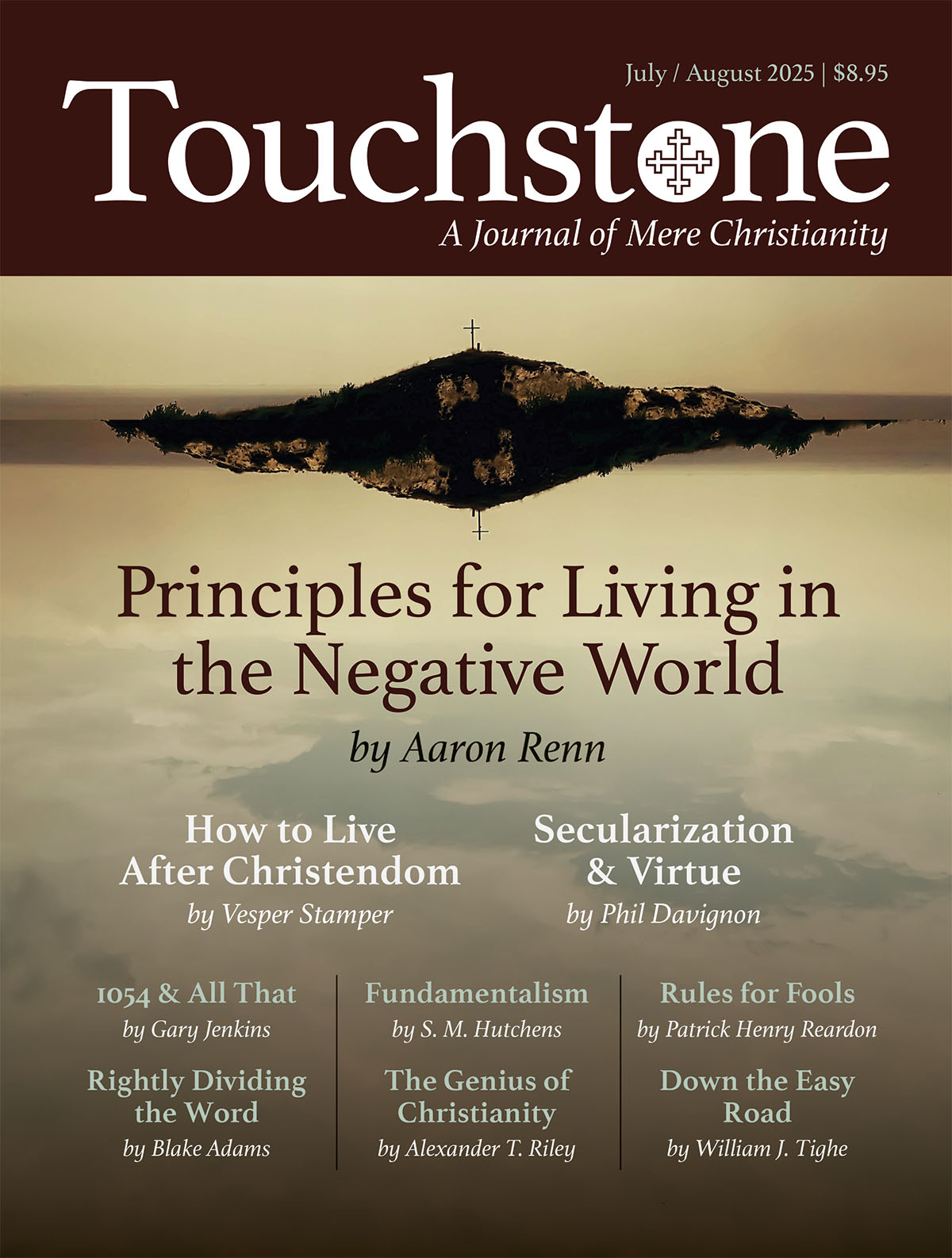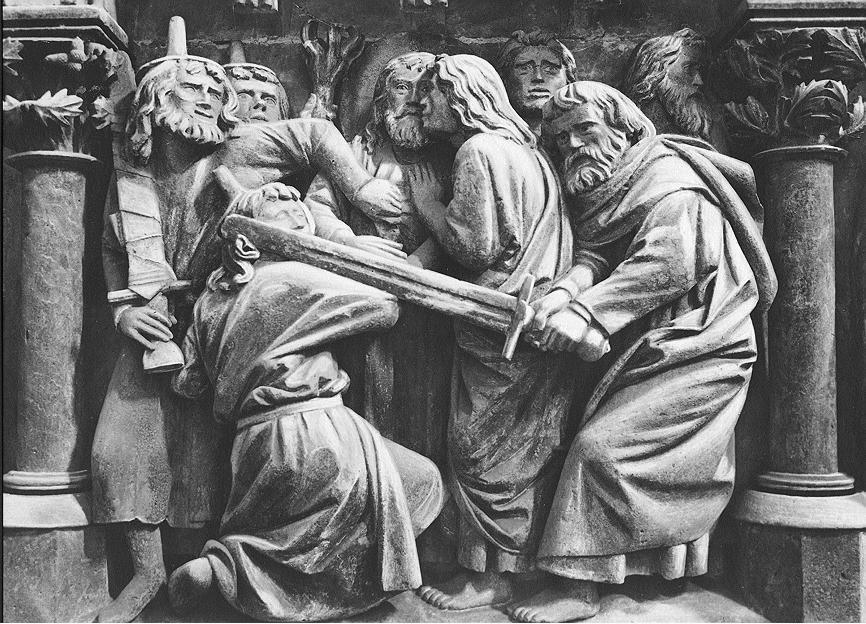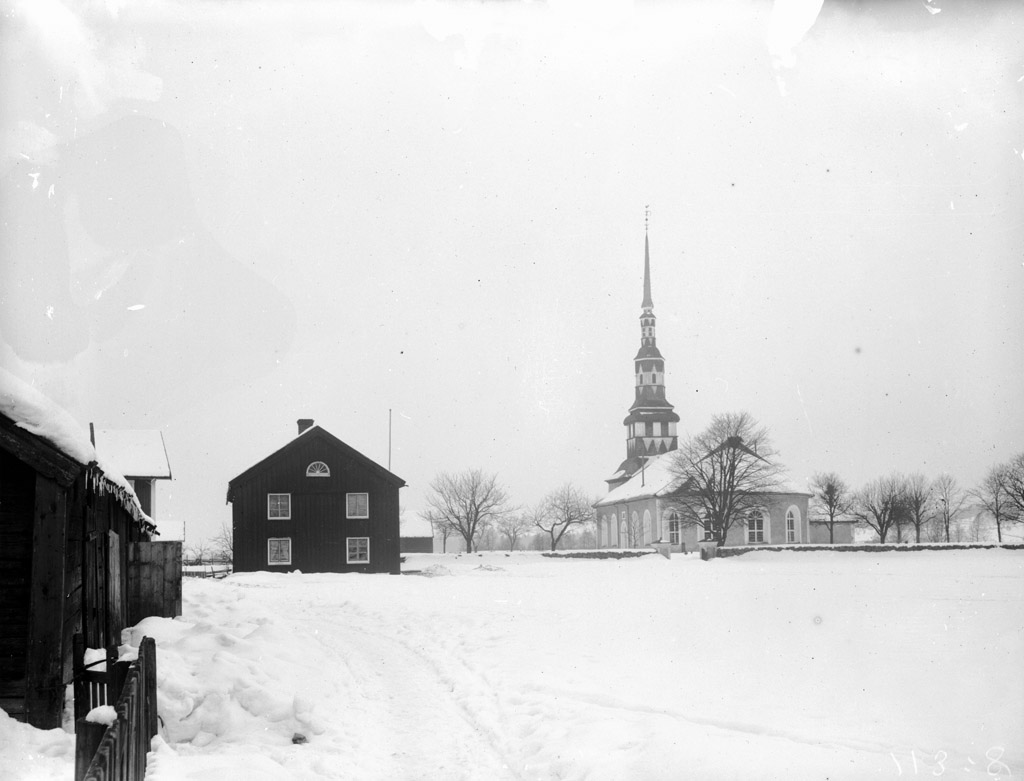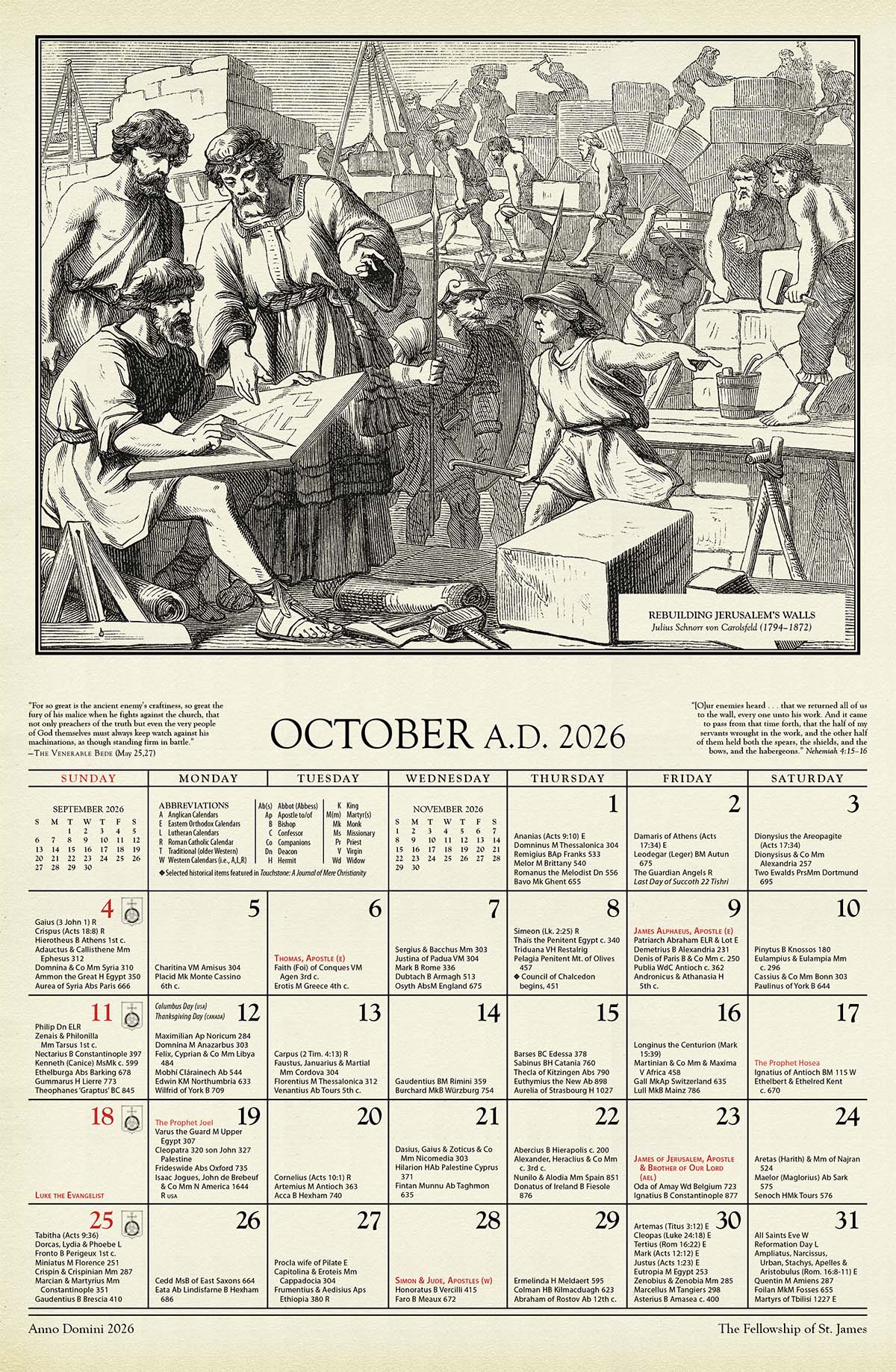Rightly Dividing the Word
Blake Adams on Lectionaries & the Reading of Scripture as Worship
Many Reformed and Evangelical Christians have recently adopted “liturgical” or “Great Tradition” practices such as using a lectionary, a liturgical handbook prescribing certain biblical passages to be read on certain days. Some may be unaware that this new reform runs counter to the work of several Reformers, principally Ulrich Zwingli and John Calvin.
On January 1, 1519, Zwingli began his preaching ministry by announcing he would dispense with the traditional lectionary. The medieval lectionary gave a reading for every day of the year, many of which were from hagiographies of saints, to be read on their respective feast days. Churchgoers could go their entire lifetimes without hearing certain passages of Scripture read. Zwingli, by contrast, preached expositional sermons through every book of the Bible from start to finish, chapter by chapter, verse by verse, beginning after his announcement with the Gospel of Matthew (but not proceeding necessarily in canonical order). And the lives of saints and the Apocrypha were out.
This pattern of preaching is called lectio continua, “continuous reading.” Zwingli did not invent it; he had many patristic exemplars, as will be seen, but unlike these, Zwingli preached lectio continua exclusively, without regard even for major feast days like Christmas and Easter.
John Calvin brought to lectio continua his characteristic austerity, working so meticulously through every line that it could take him over a year and a hundred sermons to get through a single book. This could be taxing for preacher and hearer alike: behind Calvin’s statement that a true pastor must possess importunitas (“dogged persistence”) looms his choice to preach lectio continua. This commitment followed from two advantages he identified: First, it delivered the whole of Scripture into a pastor’s preaching ministry; not a single line was omitted or suffered to compete with other, non-canonical writings. Second, every passage was preached in its greater context to prevent exegetical errors. “When passages of Scripture are taken up at random, and no attention is paid to the context,” he complained, “it is no wonder that mistakes arise all over the place.”
Thomas Cranmer, however, did not abandon the lectionary inherited by the Church of England from the medieval church. But he also devised a second lectionary to be used daily for Morning and Evening Prayer in his Prayer Book (1549). If followed diligently, users would read through whole books in canonical sequence, completing the Bible in a year. Anglicanism has thus had a double lectionary tradition: one for Sunday services, rooted in medieval liturgy, and a second for the daily offices in the Prayer Book, rooted in the Reformation.
The lectionaries used most by Protestants today are adapted from the Revised Common Lectionary, which is based on the Ordo Lectionum Missae (1969) authorized by the Second Vatican Council for the Catholic Church. These lectionaries prescribe up to four readings for every Sunday of the year: an Old Testament lesson, a psalm, a (non-Gospel) New Testament lesson, and a Gospel lesson.
The Common and Roman Lectionaries each follow a three-year cycle, reading Matthew, Mark, and Luke in turn. John is read piecemeal across all three years, a span over which churchgoers will hear most of the Bible read aloud, but not all of it. They will also hear certain readings on major feast days annually, no matter which year it happens to be.
Patristic Reading
The Church has not always had a lectionary, but the appropriateness of reading certain passages on particular days was apparent early on. For example, one of the earliest surviving Christian homilies, On Pascha, by Melito of Sardis (c. 190), was based on a prescribed reading. The homily opens by saluting how fitting it is to recall “how the sheep was sacrificed, and how the people was saved, and how Pharaoh was flogged by the mystery” (cf. Gen. 12:13—14:21) when commemorating Christ’s death and resurrection. This attests that just as Easter and its associated feast days were the first to be established in the liturgical calendar, so, too, were they the first to have established readings. As more feast days were added to the liturgical calendar, churches naturally selected readings they thought appropriate for each occasion.
The lectionary and calendar developed simultaneously and are historically inseparable, but for much of Christian history no lectionary covered the whole year. As Andrew B. McGowan notes in Ancient Christian Worship: Early Church Practices in Social, Historical, and Theological Perspective, we can discern this in the homilies of preachers like St. Augustine. For many days of the year, which passage was to be read was usually left to his discretion. He sometimes selected readings for special occasions (e.g., Serm. 362, 93), and more than once he repeated the same reading over several Sundays to emphasize a point (e.g., Serm. 68, 2; Exp. Ps. 90). At other times, he preached a series of homilies through a particular book (e.g., Tractates on the Gospel of John). But he was expected to preach on the Lukan infancy story at Christmas (e.g., Serm. 190, 193, 196) and the Matthean infancy story at Epiphany (e.g., Serm. 199, 202). So for certain major feasts of the Christian year, the reading was decided in advance; nevertheless, for much of the year, Augustine had ample space for discernment and spontaneity in choosing readings. Thus, over the course of a year in Augustine’s church, worshipers could expect a mixture of what we call topical reading, lectionary reading, and lectio continua.
Many churches that use a lectionary today actually follow this early practice. The clergy of my local church regularly set the lectionary aside for a season in order to preach a series on a single book of the Bible. The lectionary has many benefits, but its use is not mandatory. This flexibility permits our clergy to employ discernment, occasionally waiving lectionary prescriptions in order to speak “a word in season” (Prov. 15:23). Allowing these exceptions does not contradict the conviction that the lectionary is the ordinary rule of weekly preaching.
So churches can use a lectionary alongside other models of preaching, avoiding solum lectionarium as much as sola lectio continua.
Reformed Variations
Most Reformed churches today fail to follow Zwingli. While the early Reformers saw the lectionary as the main alternative to lectio continua, today’s Reformed preachers often use so-called topical preaching: deciding on a reading by its relevance to a subject or theme being taught. There is no limit to the topics available, but the ones usually chosen concern a matter of pastoral concern, so there might be, for example, a sermon series on marriage, finances, or apologetics. This makes it possible to allow exceptions for topical preaching while maintaining that ordinary weekly preaching be lectio continua.
Another historical exception to lectio continua in the Reformed tradition is revivalist or evangelical preaching. George Whitefield put all models aside in order to deliver a message crafted to address a spiritual crisis in his listeners. This style of preaching did not follow expositionally from a biblical reading (though it would make much use of Scripture) but was structured toward creating a religious experience, a sort of catharsis Whitefield called “the new birth.” Most Reformed preachers I know admire Whitefield and identify him as a fellow Calvinist; they have engaged in this style of preaching themselves and take little issue with it, provided it remains the exception, not the rule. Unlike Zwingli, Reformed churches today also regularly make exceptions to lectio continua for major feast days, such as Christmas and Easter.
Most preaching models these days are mixed and in this respect resemble patristic patterns of preaching. The question is not which model a pastor should adopt to the exclusion of all others, but which should be the ordinary rule for weekly preaching, and which should be exceptions depending on the occasion and the needs of the assembly.
The Best Rule
I commend the lectionary as the best ordinary rule for preaching for four reasons.
1. The lectionary can cultivate catholicity. Every Sunday, the Scriptures you hear from the lectionary would be the same ones heard in hundreds of other assemblies—not all from the same tradition or denomination. This means that a great portion of Christianity, spread through many countries, would be hearing the same Word of God every week. A lectionary can help the biblical formation of any given church to be a truly catholic (“universal”) enterprise.
2. The lectionary retrieves the ancient experience of the Bible in worship. For most Christians who have ever lived, the Bible was not read but heard. In a world of high literacy and inexpensive Bibles, it can be difficult to imagine a time when hearing the Scriptures being read aloud was a major part of worship. In fact, the earliest non-biblical description of Christian worship, by Justin Martyr, suggests that a premium of time was given to readings: “on the day called Sunday all who live in cities or in the country gather together in one place, and the memoirs of the Apostles or the writings of the Prophets are read, as long as time permits.” The lectionary was formed in this environment and retains the memory of it.
As far as we know, the Christian Church has included readings as part of worship from the beginning, and this was always distinguished from preaching and teaching as its own positive good; reading is listed first in 1 Timothy 4:13. Preaching only follows from reading. In the ancient outlook, hearing the words of Holy Writ read aloud was believed to be more essential than hearing them preached. The lectionary reminds us that literally hearing the Bible read aloud is no mere prelude to preaching but an act of worship in its own right, a work of the assembly.
3. The lectionary has a pastoral focus on what’s essential. While all the books of the Bible are authoritative, useful, and inspired, some books are more significant to faith and holiness than others. If the strength of lectio contin-ua lies in its appreciation of the full canon, leaving no verse unread, its weakness lies in its failure to discern the hierarchy within Scripture. The lectionary pastorally draws our attention to the Scriptures most essential for faith, life, memory, and identity—giving pride of place to the Gospels. As the church fathers taught, the four Gospels are the crown of the canon. Accordingly, the lectionary impresses the most significant passages of Scripture upon hearers, and does so in a liturgical cycle. By repetition, we are forced to revisit these mysteries, to patiently “hear them, read, mark, learn, and inwardly digest them.”
4. The lectionary promotes a canonical perception of Scripture. In Life Together (1939), Dietrich Bonhoeffer calls lectio continua “salutary,” but he also speaks of the importance of reading Scripture canonically:
As a whole, the Scriptures are God’s revealing Word. Only in the infiniteness of its inner relationships, in the connection of Old and New Testaments, of promise and fulfillment, sacrifice and law, law and gospel, cross and resurrection, faith and obedience, having and hoping, will the full witness to Jesus Christ the Lord be perceived.
Bonhoeffer’s vision that liturgical readings should aid the perception of the Scriptures’ “full witness to Jesus Christ” is most amenable to the lectionary tradition. Lectio continua airs every line of Scripture, but only a lectionary reading presents Scripture “as a whole” in which every part—Old Testament, Gospels, Epistles—is given a hearing every Sunday and is held in converse with other parts. With lectio continua, it falls to the preacher to make the inter-testamental connections of which Bonhoeffer speaks.
Return to Worship
If I were to name one defect of sola lectio continua, it would be that it contributes to a withdrawal of the Scriptures from the hearing of the assembly and makes the effectiveness of the reading of the Word dependent upon the skill and charisma of the preacher. Here, the Scriptures less and less represent themselves in open readings but are increasingly re-presented in summary or expository form. The Scriptures are not delivered to our hearing; instead, the preacher mediates them; his expertise and acumen stand in for the text.
Liturgically, this means that the sermon overshadows the reading of Scripture in worship and makes it progressively less an event unto itself.“When Zwingli inaugurated the pattern of preaching in sequence through various books of the Bible rather than following the tradition of prescribed texts based on the liturgical cycle,” writes Timothy George, “he made preaching rather than the liturgy the main focus of weekly worship.” The lectionary more clearly and firmly subjects the word of the preacher beneath the word of the Law, Prophets, and Apostles, and more effectively secures the Bible’s traditional place in our worship.
Blake Adams (MA, Wheaton) is an editor, essayist, and independent scholar. He works as a writer and editor in the faith sector and serves as Lead Sacristan at Church of the Resurrection (ACNA) in Wheaton, Illinois. See more of his writing at blakesbooklife.substack.com.
subscription options
Order
Print/Online Subscription
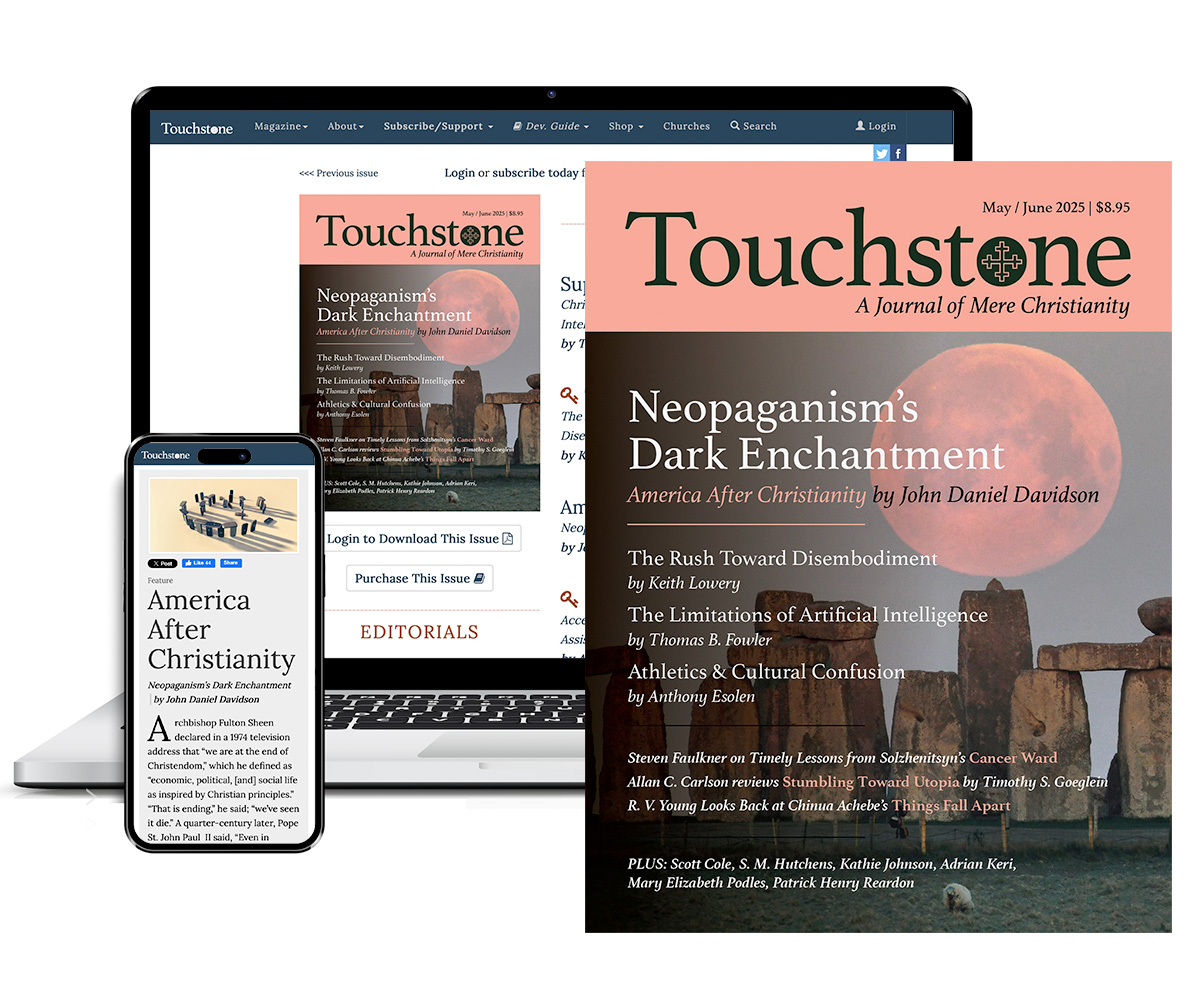
Get six issues (one year) of Touchstone PLUS full online access including pdf downloads for only $39.95. That's only $3.34 per month!
Order
Online Only
Subscription
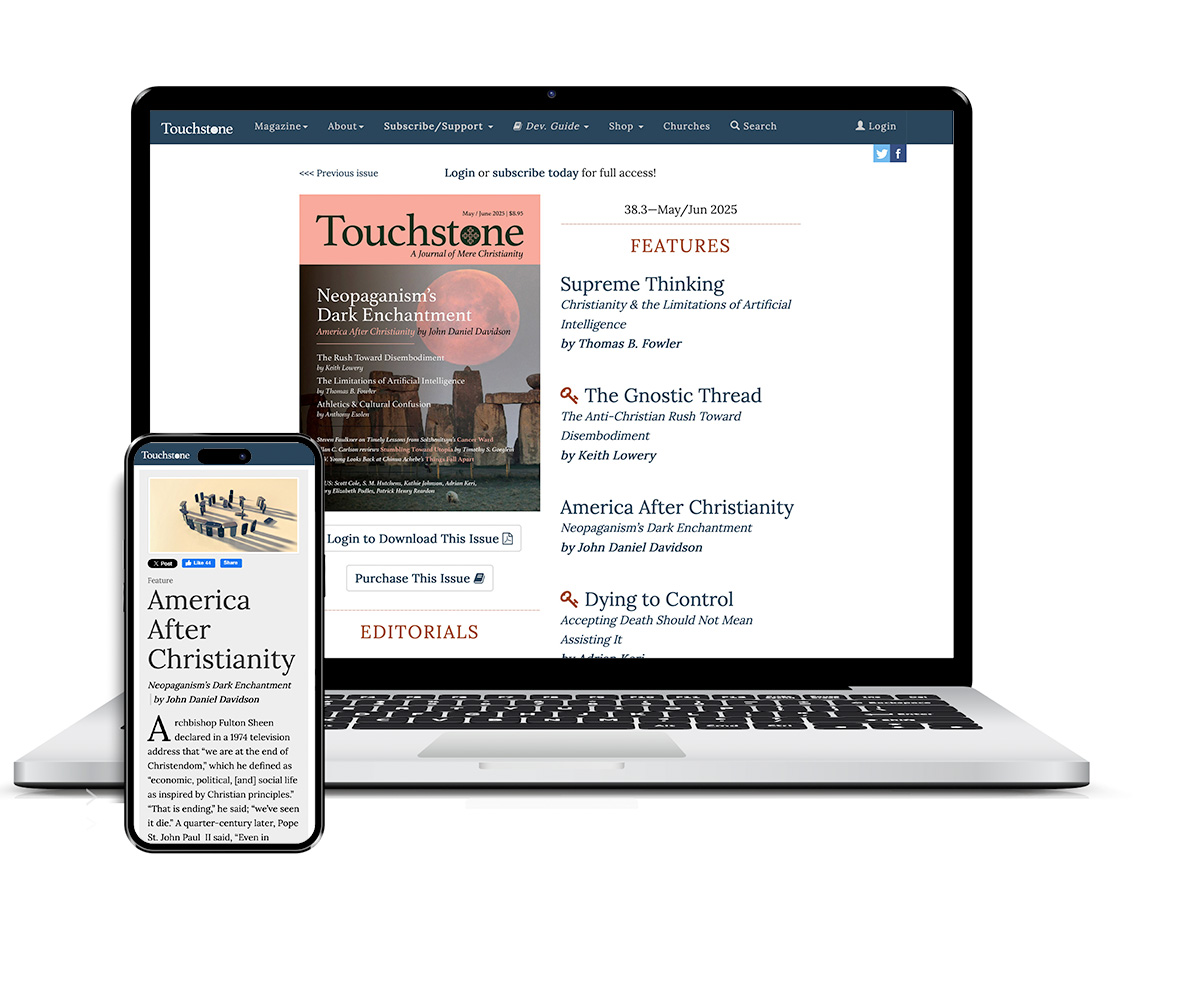
Get a one-year full-access subscription to the Touchstone online archives for only $19.95. That's only $1.66 per month!
bulk subscriptions
Order Touchstone subscriptions in bulk and save $10 per sub! Each subscription includes 6 issues of Touchstone plus full online access to touchstonemag.com—including archives, videos, and pdf downloads of recent issues for only $29.95 each! Great for churches or study groups.
Transactions will be processed on a secure server.
more on Bible from the online archives
more from the online archives

33.2—March/April 2020
Christian Pro-Family Governments?
Old & New Lessons from Europe by Allan C. Carlson
calling all readers
Please Donate
"There are magazines worth reading but few worth saving . . . Touchstone is just such a magazine."
—Alice von Hildebrand
"Here we do not concede one square millimeter of territory to falsehood, folly, contemporary sentimentality, or fashion. We speak the truth, and let God be our judge. . . . Touchstone is the one committedly Christian conservative journal."
—Anthony Esolen, Touchstone senior editor



